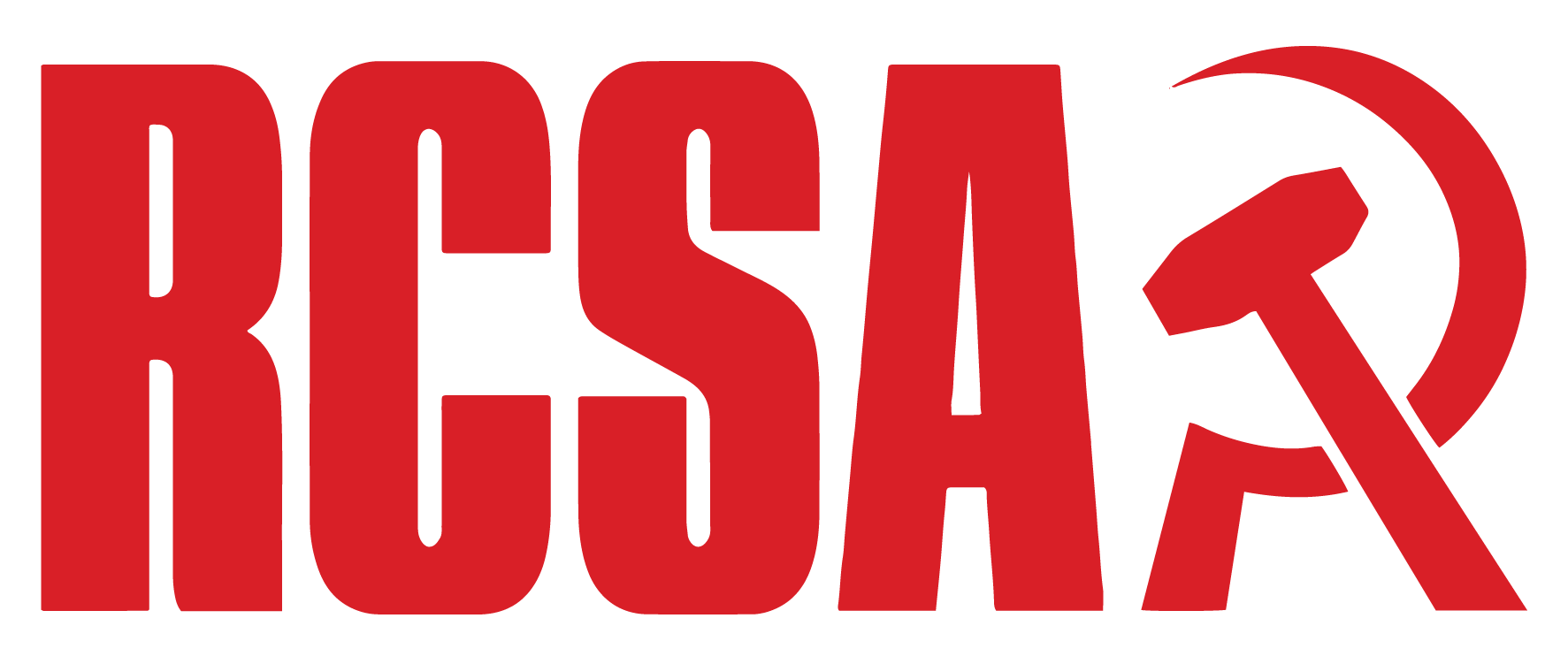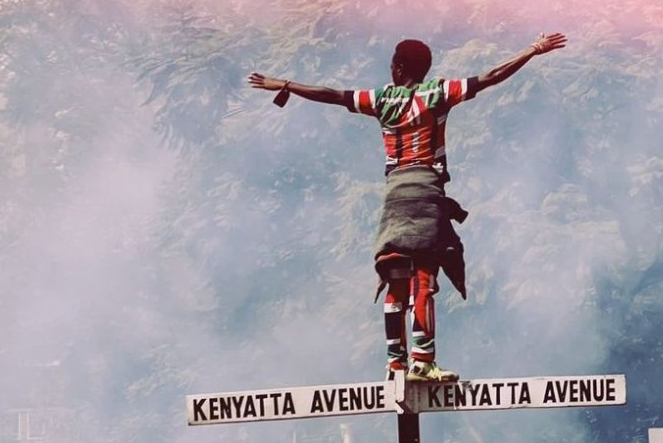[Originally published at marxist.com]
Ben Curry, 09 July 2025
The mass movement to bring down Ruto rose up once more on 25 June. Its sequel was planned for 7 July, with another peaceful day of protest under the hashtag #SabaSabaRevolutionDay. But the day didn’t end with a revolutionary victory.
Millions have been stunned by the scale and character of the violence unleashed by William Ruto and his jackals on 7 July. The idea that more day-long protests alone can bring him down is now unimaginable. For the most advanced youth, it has destroyed the illusion that there is any peaceful, legal way out from under this regime.
State-orchestrated terror
The size of the protests on 7 July was significantly lower than on previous occasions. The way events unfolded showed that the regime was well prepared to grasp its opportunity at the first sign of a slackening on the part of the movement.
Early on, Nairobi Central Business District (CBD) was shut down, not by protestors but by the police. Meanwhile, soldiers of the Kenya Defence Forces (KDF) had been deployed in various locations, including Kayole, Naivasha and areas along the Nairobi-Nakuru Highway.
Some pictures of used KDF bullet casings circulated online, but it seems there were few confrontations between protestors and soldiers. Most of the killing had been planned in advance to take place elsewhere: in towns on the outskirts of Nairobi, and in particular in the Mount Kenya region.
The previous night, the regime had sent armed goons and police, both in and out of uniform, by the truckload to Mount Kenya, home to most of the country’s Kikuyu people. When daybreak came, they were set loose, with looting and burning of Kikuyu businesses breaking out in Kirinyaga, Embu, Meru, Nyeri and elsewhere. Then shooting started.
In the towns south west of Nairobi, Ngong, Kiserian and Rongai, Subarus full of thugs roamed the streets. The shooting started in the afternoon in Ngong and, according to some, continued for 7 hours, not ceasing until after 4am.
Terrified messages were all over social media. The killings appeared random. Here, a protester, elsewhere, a barber shot dead standing outside his barbershop. A 12-year old girl was shot dead whilst watching television at home.
It is impossible to verify the total number of dead. The Kenyan police released the figure of 11 dead. The figure would be laughable were it not such a sick joke, and were it not so widely repeated in the international media. That figure has been updated to 31, but it is almost certainly far higher.
This was an outbreak of state-orchestrated terror.
To fight tribalism, fight capitalism
The purpose of this outbreak, beyond simply terrorising the youth, was quite clear. The focus of the violence in Mount Kenya was intended to provoke the Kikuyus.
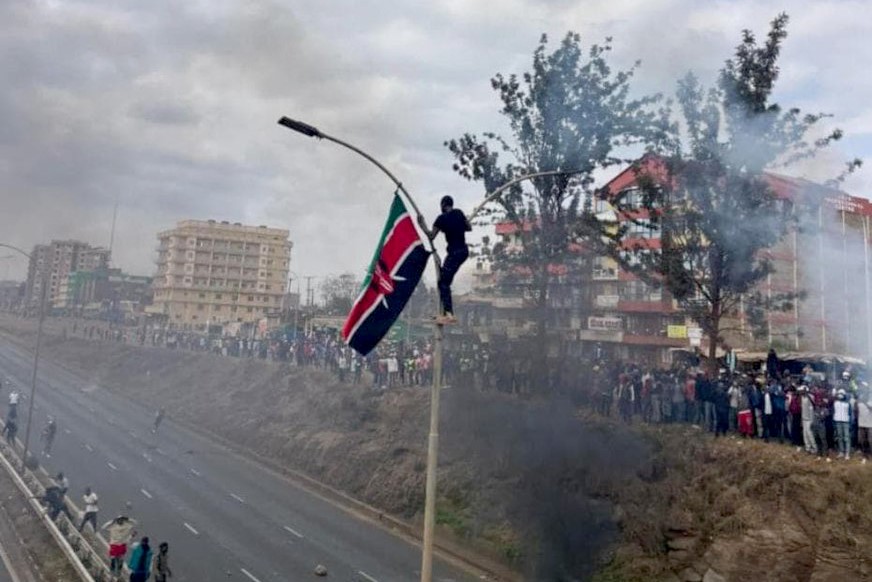
In the rest of Kenya, it was designed to paint a picture that the maandamano (the protest movement) is a violent movement primarily of the Kikuyu people. An insinuation being spread online is that it is the precursor to a coup plot by Kikuyu politicians, disguised as legitimate protest.
This is a vile attempt at incitement of the majority of Kenyans against the Kikuyu people, who represent about 20 percent of the country’s population.
How can we be certain of this? Because William Ruto and Raila Odinga have played the murderous ethnic card before. When Odinga challenged the results of the 2007 election, his party, the ODM, deliberately whipped up violence against Kikuyus in which thousands were killed and hundreds of thousands displaced.
At that time, William Ruto was his right-hand man, as Odinga is now Ruto’s right-hand man. An International Criminal Court case against Ruto, only dropped because of witness intimidation, saw him accused of being a key ringleader and even of distributing weapons and money in his own home for the pogroms.
The rotten cliques of the Kenyan ruling class have always rested on tribal divisions to enrich themselves. Jomo Kenyatta, the first president of Kenya after independence, rested on a coterie of Kikuyu elites who became fabulously wealthy. Others, including Ruto and Odinga, subsequently rested on the resentment of other ethnic groups to raise themselves up and grab a share of the loot for themselves and their own friends.
Since independence, all sections of the Kenyan capitalist class have enriched themselves through the uninterrupted looting of the state. Different sections of the capitalist class succeed each other at the helm of the state by resting on different tribal animosities, and on shifting alliances of tribal elites.
This is the enormous significance of the maandamano since last year, which from the beginning inscribed on its banner the slogan, ‘tribeless, partyless, fearless’. The youth are seeking a road that completely breaks with the tribalism of all the main parties. This road can only be accessed by breaking with capitalism.
The ruling class, for their part, to drive a wedge into the movement and drown it in blood, are compelled to whip up ethnic violence. There is no limit they will not cross to protect their wealth and privileges, including inciting the whole nation against one ethnic group.
The youth are alive to the danger. They have rejected tribalism from the start, and since 7 July #WeAreAllKikuyus has been trending on social media. They do not intend to allow one ethnic group to be scapegoated.
The question, though, is how can it be prevented?
An end to peaceful protest
There is a great deal of soul searching going on among the youth of Kenya right now. Until the present, the idea of a peaceful revolution had been the hope of the majority of them. The most advanced layer can see now that any constitutional, peaceful and legal way out is now shown to be impossible.
The violence unleashed on 7 July is a warning. Further peaceful protests will simply mean throwing more bodies onto the pile. The revolution doesn’t need more martyrs.
The deployment of the KDF was completely unconstitutional. Only parliament can approve such a deployment, and yet neither parliament nor the judges intervened against Ruto’s move. The constitution is revealed to be a scrap of paper, and parliament and the judiciary mere rubber stamps for Ruto’s policy of murder.
Some social media comments indicate despair among a layer who have deferred their hopes of seeing the back of Ruto to the elections scheduled in 2027.
But is it to be expected that there will be fair elections to come? That can hardly be guaranteed and does not look likely at this moment. A recent poll found that 50 percent of Kenyans have no confidence at all in the integrity of the 2027 elections. That was long before 7 July.
Even if there were ‘fair’ elections, it would only be because Ruto considers the movement pacified, because he no longer needs to rest on brute force alone, and because he thinks there’s a chance he can win. If the youth are so tired, disappointed and confused that they would present no obstacle to him returning to power on the back of layers who only want the restoration of order, then, yes, he might grant ‘fair’ elections.
It must also be asked, in the event that Ruto is defeated on the electoral front, what then? Such an election could only produce a new configuration from the same old parties, the same old tribalist-capitalist elites, that would carve up power and the loot.
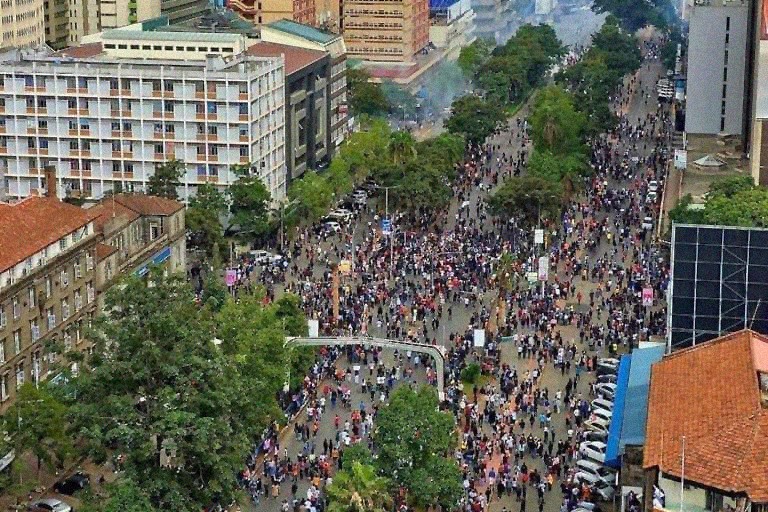
These are desperate hopes. But these desperate hopes may grow if the movement cannot extricate itself from the dead end that it has entered. Others, however, are drawing more advanced conclusions.
“The events of today have convinced many Kenyans as to how lucky Americans are to have the 2nd amendment [the right to bear arms],” read one post on Twitter. “The solution to saving this country is in tech,” read one strange social media post. “No, it’s armed resistance,” read a very popular reply.
Many more, noting the deployment of the KDF, have called on the soldiers to shoot the goons and police. Large numbers of advanced youth, one way or another, are now recognising that the rotten regime can only be overthrown by force.
The deployment of the KDF itself confirms what we said in the last article: that Ruto’s recent reshuffle at the top of the army was intended to put loyal commanders in place in preparation for deploying the army against the masses. Nevertheless, there were no clear indications that the army had been ordered to shoot on protestors on 7 July. It seems Ruto is testing the ground here. He is playing a dangerous game.
One very interesting post from an anonymous soldier that has been viewed 1.5 million times on Twitter indicates the real mood in the ranks of the KDF. The message, published on 30 June, begins:
“I am a KDF soldier and I am sending you this in confidence. I should not do it but as you had asked question and we are really fed-up that is the reason for this mail.
“KDF is discontinuing our food subsidy but at the same time KDF HQ is under full control of a cabal of corrupt civilians from the statehouse [the president’s office].”
It continues to outline staggering levels of corruption being carried out by regime appointees heading up the army’s procurement of supplies. It ends:
“The frustration of a very disciplined force is seen in every quarters… We are a disciplined force and this wheeling and dealing is unfamiliar to us. From top to bottom of the ranks have gone numb.
“We don’t know how long KDF will be able to tolerate this!!!”
Mutinous moods in the army usually begin with the immediate demands of the soldiers before moving on to general political conclusions. These few words show there are no few sources of discontent in the KDF’s ranks.
For a revolutionary communist party!
Several conclusions must be drawn from the maandamano on 25 June and 7 July.
First, nothing more can be hoped for from more peaceful, one-day protests alone. The revolutionary youth went into this movement unarmed and peaceful, but in future the question of armed self-defence has to be posed.
Second, nothing can be hoped from any of the legal arms of the state: neither the Constitution, parliament, the judiciary, nor the army tops, who are, at any rate, all recent appointees of Ruto. However, false hopes in an electoral road to ousting Ruto can grow if the advanced youth cannot offer an alternative way forward. Furthermore, a section of small business owners and even sections of workers can grow tired of more one-day shutdowns of town centres that disrupt businesses.
Third, the regime is doing everything it can to drive the country towards ethnic-tribal conflict. This reactionary tribalism is intrinsic to Kenyan capitalism. We must recognise this fact. The youth must show discipline not to play into the deadly game of Ruto and his clique.
Fourth, the regime is not yet confident that the army can be used as a reliable tool of counter-revolution, but it is preparing the ground for that eventuality. At the same time, in the army, in the working class, and in society at large, there are many streams of discontent that have not yet been brought into the same channel being pursued by the revolutionary youth.
A great deal of questioning is inevitable now. A lot can happen in the weeks ahead, not to speak of in the remaining years of Ruto’s term. There is a danger of backsliding among some layers. But it is clear that a significant layer of the revolutionary youth is drawing the necessary conclusions.
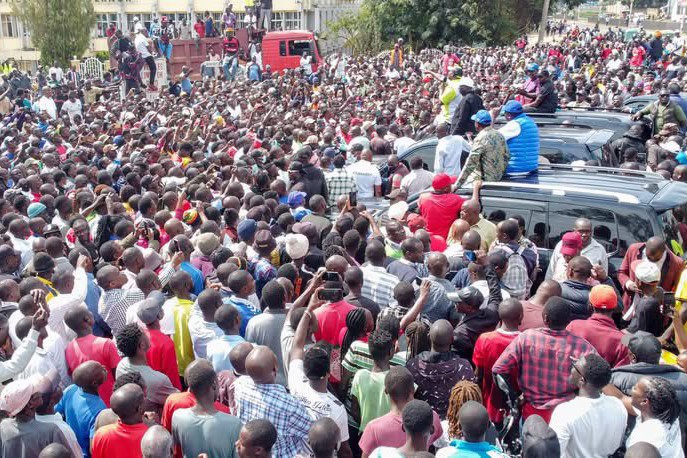
It is up to the advanced layer of youth to organise, to come together, and to work out a programme that can show the masses a way forward. The ‘Gen Z Revolution’ began with the rejection of all the corrupt parties of the establishment. The movement was proud to be ‘tribless, partyless, leaderless’. But now the need for a revolutionary communist party, with a clear programme that strikes at the root of Kenyan capitalism, is urgently posed.
Such a party can expose the link between the ruling-class parties, the poison of tribalism and capitalism. It can formulate a programme of class demands, of well-paying work for all, education for all, healthcare for all, and the nationalisation of the ill-gotten gains of the ruling cliques, that would resonate with millions.
Armed with a programme of class demands, it could convince the mass of young people and workers that there is still a revolutionary way forward. Armed with this programme, it can make crystal clear to even the more backward layers that the maandamano is not a movement of one tribal or ethnic group. It is a movement representing the class interests of all the poor and working people of Kenya.
And it could generalise the main lesson: that what has held the movement back so far and is still holding it back is a lack of organisation. It could plant the seed of the idea of committees of action to give the movement an organised expression at its next upsurge.
Yes, arms will be necessary to confront the regime. But only if used in a tightly-disciplined manner. Committees of action could organise tight-knit self-defence groups that would avoid falling into the traps of provocateurs.
Most importantly, if the movement had been equipped with such committees, connected up regionally and nationally and with a revolutionary party at its head, then the maandamano would have issued an official political programme voicing all the pent-up class anger of the masses.
They would denounce the ill treatment of rank and file soldiers, raise demands on behalf of the soldiers, and ensure their sympathy towards the movement, even drawing them to the side of the rest of the youth, bringing their guns with them. New layers of the workers and poor would have naturally been drawn into the movement, and the committees would naturally extend across Kenya from the coast, to the Mountain, to the Lakes.
The counter-revolution has taken a step forward, but the youth are far from defeated. Under the blows of the crisis of capitalism, even wider layers will be drawn into the movement in future. If a revolutionary communist party can be built in time, organising the vanguard of the youth and embodying the lessons of the struggle, the Kenyan masses will sweep away Ruto and the rotten edifice of Kenyan capitalism along with him.
